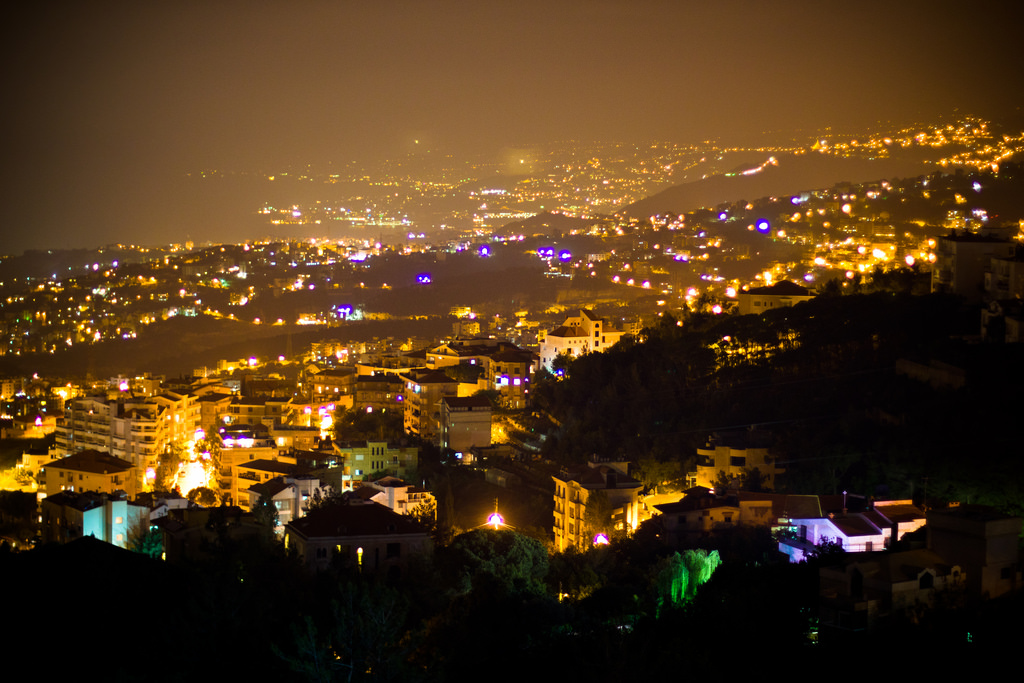Guest post by Ron Hassner
What can the 2006 Danish cartoons riots teach us about the current pattern of anti-Western violence in Muslim-majority states? These two outbreaks share several interesting features: a significant time lag between the purported offense and public response, widespread protest that erupts into violence in isolated cases, uncertainty about the organizing force behind the protests and the attacks, and uncertainty about the balance of political versus religious explanations for these incidents.
Given the paucity of information about participants, perpetrators and targets in the current wave of protests, I focus here my conclusions regarding the 2006 protests (the full paper was published in the International Studies Quarterly last year). Three lessons stand out:
1. The blasphemous cartoons provoked protest in most Muslim-majority states but violence in only few of those states. Political explanations cannot account for violence in nine cases (Afghanistan, Indonesia, Iran, Lebanon, Libya, Nigeria, Pakistan, Palestinian Authority, Syria) versus peaceful protest in 43 other cases. The afflicted states were neither the poorest nor the most authoritarian.
Nor can a purely religious logic explain this pattern: Muslims in these nine states did not affiliate with Islamic schools of law that take a particularly tough stance on blasphemy, and Islamists movements dominate in many of the states in which protests remained peaceful.
2. Instead, a combined political-religious logic seemed to be at work. Violence occurred primarily under democratic or democratizing regimes with a significant Islamist constituency. These afforded their citizens certain civil rights and liberties, such as the right to protest, but they failed to protect Islamist sensibilities by banning the cartoons. Protests soon escalated out of control, with most of the violence directed at police forces and Western institutions.
Only in Iran, an authoritarian regime ruled by an Islamist elite, did the government orchestrate riots. Since 2006, Egypt and Tunisia have joined the ranks of states ruled by Islamist parties, which may explain violent protests in those states in 2012 in contrast to peaceful protest in 2006.
In 2006, peace prevailed under authoritarian regimes that cracked down on protest (like Egypt or Iraq) or regimes that permitted some civil liberties but also offered Islamist parties a political voice (like Jordan, Turkey or Bahrain).
3. Islam may be unique in its sensitivity to insults of its prophet. But it is not unique in responding to religious transgressions with violence. Members of other religious movements have reacted violently to blasphemous movies (Catholics in France), desecration of sacred time (Jews in Israel), desecration of sacred space (Hindus in India), or the presence of abortion clinics (Protestants in the U.S.). Curiously, this pattern too is neither simply political nor religious but rather both. Protestants don’t bomb abortion clinics in Europe. Jews don’t stone Sabbath drivers in Ultra-Orthodox neighborhoods of New York or London.
In all cases, the provocation is perceived as a religious insult originating from an actor (often one’s own government or the secular majority it represents) that poses both a religious and a political threat. The time lag between perceived offense and violent reaction confirms the need for an intermediary, a religious elite that spreads news of the outrage and frames it as a threat to fundamental religious identities and values.






2 comments
Nice try, but this theory is so full of holes to be specious. Simply look at this cartoon published over a week ago:
http://www.theonion.com/articles/no-one-murdered-because-of-this-image,29553
Yes, nobody was murdered because of it. Anywhere.
The disproportionate violence in the Islamic world is a phenomenon in and of itself. Attempts to equate it with other religions in the 21st century fail when the facts are examined. The violence by Muslims is orders of magnitude above and beyond what they author barely attempts to reveal.